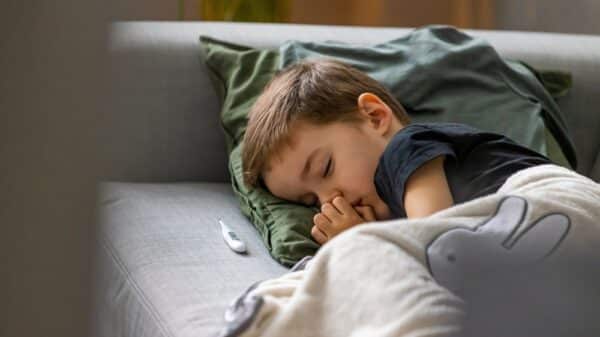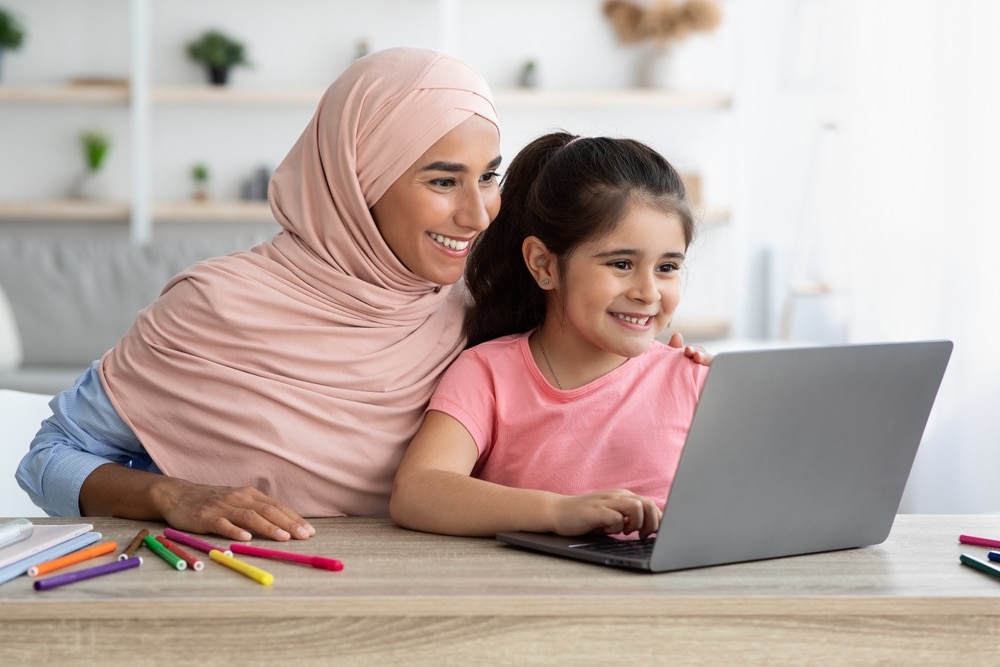When it comes to navigating the challenges of parenting older children, few things evoke as much concern as the topic of smartphones. As parents, we often hear all the terrifying stories and warnings about excessive screen time and the potential dangers of smartphones. Yet, as these devices become increasingly integrated into our daily lives, it’s clear that going without them can feel nearly impossible. A recent study from the University of South Florida, called the Life in Media survey, has shed some light on this issue, providing hopeful insights for anxious parents.
The survey gathered responses from over 1,500 kids aged 11 to 13, asking them about their smartphone ownership, social media habits, gaming, news consumption, experiences with cyberbullying, as well as their offline activities and mental health. To the surprise of many, the results revealed that the vast majority of children with their own smartphones—approximately 78%—reported better overall well-being compared to those without devices. Interestingly, they exhibited lower instances of depression and anxiety and boasted higher self-esteem. Even more surprisingly, those with smartphones were reported to be less likely to experience cyberbullying than their peers without phones.
You might assume this correlation stems from a socioeconomic divide, where affluent families provide smartphones for their children, contributing to happier kids. However, the findings told a different story: less affluent children were actually more likely to own smartphones than their wealthier counterparts. This insight challenges the conventional wisdom many of us hold about socioeconomic status and its impact on well-being.
Lead researcher Justin D. Martin candidly shared his initial expectations regarding the survey results during an appearance on The Poynter Report Podcast: “We thought smartphone ownership would be associated with ill-being in a number of different cases… We’re hoping that our findings will bring down the temperature a little in terms of some of the fears about kids and their smartphones because it might not be as bad as we previously suspected.”
Nevertheless, the report highlighted some of the challenges we still need to address. On average, children receive their first smartphones around the age of nine and a half, and they clock in two and a half hours of screen time on school days and four and a half hours on weekends. It’s easy to raise an eyebrow at those numbers—much of that time is spent scrolling TikTok or watching YouTube, but there are also positive aspects emerging from smartphone ownership. Kids with devices tend to spend more time socializing with friends in person and engaging in physical activities, which is something we all want for our children.
Still, it’s not all sunshine and light. The survey revealed that 54% of smartphone-owning kids felt relief when they were unable to access their devices. One in four reported sleeping with their smartphones next to them, leading to less sleep on average—8.6 hours compared to the 9.3 hours enjoyed by kids who don’t keep their devices in bed. Furthermore, while owning a smartphone may correlate with positive outcomes, there were notable drawbacks associated with active participation in social media. Children who frequently post on these platforms reported significantly higher levels of anxiety and depression than those who post infrequently or not at all.
The issue of cyberbullying remains a pressing concern, impacting kids regardless of smartphone ownership. In fact, 57% of surveyed children reported experiencing some level of cyberbullying within the past three months. Even a small amount of such negative interactions has been linked to increased anxiety, emotional volatility, and a greater dependence on technology to cope.
Despite these drawbacks, when we examine the findings in their entirety, the benefits of smartphone use among young teens appear to outweigh the harms. As Martin notes, “There are large, formidable movements to withhold smartphones from kids until they’re in high school… but our data suggest that we can’t really support that recommendation. We don’t want to imply that every parent should run out and buy their child a smartphone right now, allowing them unlimited freedom with it. But the benefits kids seem to gain from having smartphones are significant enough that taking them away may not be the best approach.”
Moving forward, Martin aims to expand the scope of the survey, dreaming of capturing insights from 8,000 children nationwide, with plans to track their smartphone relationships over the next three decades. He understands that technology will undoubtedly evolve during this time, along with how children respond to it. For now, however, the verdict is a bit more reassuring than many parents may have suspected.
“We don’t find evidence that smartphone ownership is harmful to children,” he concluded. “So, I would say that the kids are probably going to be just fine.”
As a parent, this information provides a balanced perspective that balances the fears that naturally arise when we think about our kids and technology. It’s crucial to maintain an open line of communication with your children, guiding them through their digital experiences, while also allowing them the freedom to explore and benefit from their smartphones responsibly. Ultimately, being informed helps us navigate these complex questions with a calmer mindset.
Image Source: Prostock-studio / Shutterstock



































